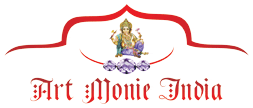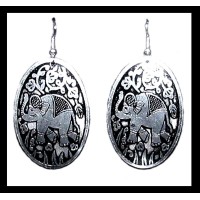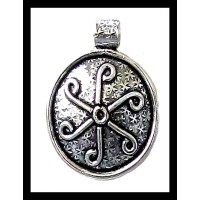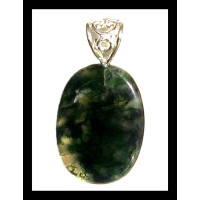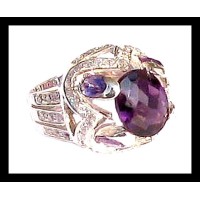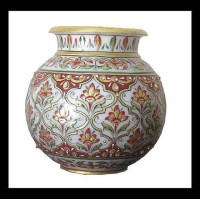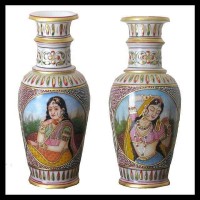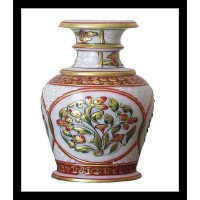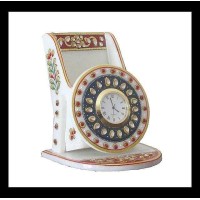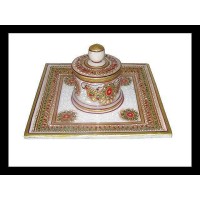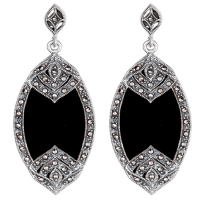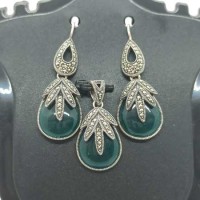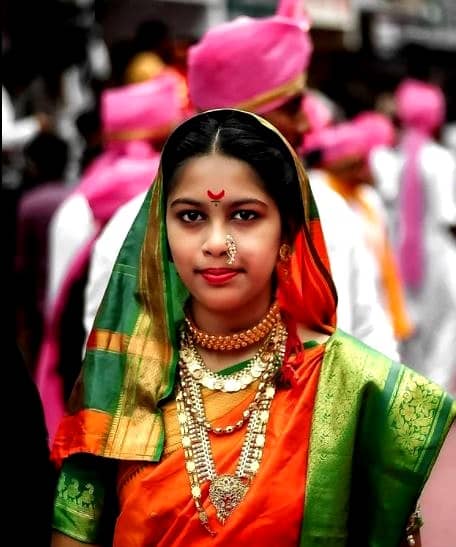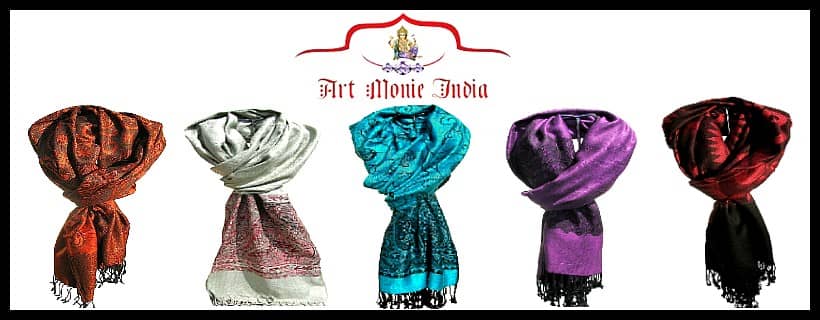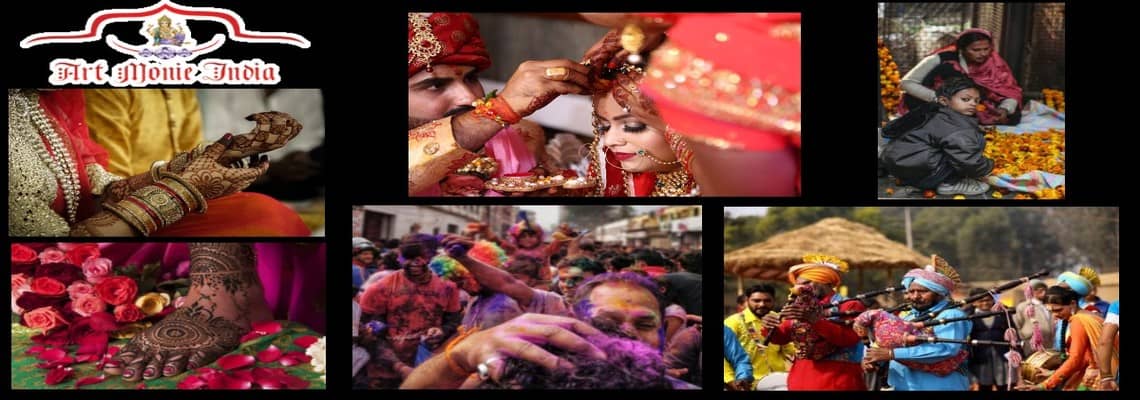
Traditions and customs in India
We are going to talk to you today about traditions and customs in India. In this great country and its thousand-year-old culture, a page or a book would not be enough to explain in detail the traditions and customs, it would be complex and too long.
We are therefore going here in our blog , to give you essential information on this subject so that you know more about the cultural life of the Indians, who take care to preciously preserve their ancestral cultures, their inestimable richeness.
Namaskar or Namaste in India
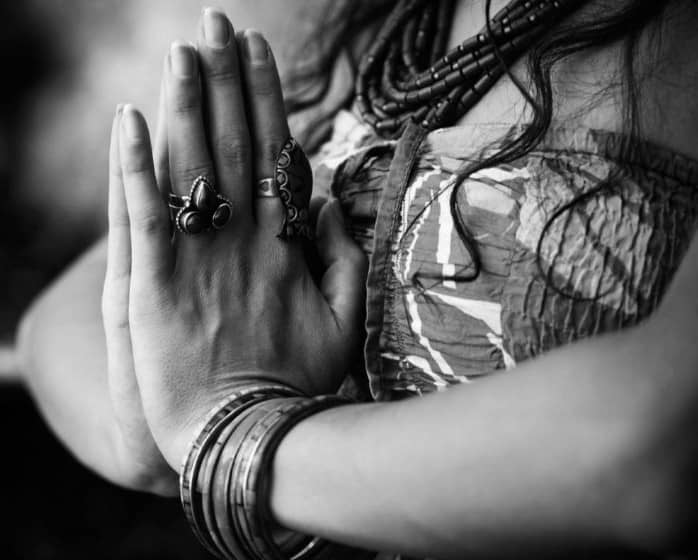
It is the sign of greeting to welcome someone and also to say goodbye. When doing Namaskar or Namaste, the two palms of the hands are joined and placed on the face or at the level of the heart, the place is according to the status of the person who is in front of you.
The belief is that the two hands symbolize the spirit or the Self meets the Self. Namaskar or namaste is the equivalent of hello in France and other country.
The origin of this way of greeting people in India was to avoid being in direct contact and thus spreading bacterias to the people in front. For the Hindus, the priests are at the origin of this decision, knowing that it was only them who had in ancient times the necessary knowledge to cure people (knowledge in Veda and Ayurveda “herbal medicine).
Religious practices in India
India is a very religious country, most of the Indians practice their beliefs from home or when possible in a temple or a sacred place. In Indian belief, parents are the creators of children's existence, so they are as important as god. In their religious practices, the first thing children who live with their parents do is greet them by touching their feet and then their foreheads as a sign of blessing. The belief says that energy is transmitted thus subsequently surrounding the whole body, thus creating protection. The “Hindu” Indians try to pray morning and evening. In the year, there are periods of penance according to the belief of each one. During this period, they fast by eating only once a day and their day is spent in meditation, as well as in prayer to the gods of their families.
The sacred cow in India
On the mythological level, the cow has a very great importance, she is considered as the foster mother “Gaumata”.
You will see her accompanying Krishna and Shiva, the two most revered deities in India.
She is worshiped throughout India by Hindus, providing sacred products such as milk and its derivatives, "lassi" (fermented milk), "ghee or ghî" (clarified butter) offered to the deities, urine and dung (also used as fuel). They mix everything together and then absorb it to purify soul and body.
During ceremonies, Hindus brush statues with "ghee" and pour it into the sacred fire, as a sign of offering, to accompany prayers. It also purifies the air with positive energy during ceremonies.
If a pious Hindu passes a cow in the street (they roam free), he does not hesitate to touch it and then raise his hand to his forehead as a sign of homage (respect).
Indians never send a cow to slaughter for meat consumption due to her status as a "Gaumata" foster mother.
In the year, if you go to India for a stay, you will have the possibility of seeing cows decorated with garlands of flowers, also having everywhere on their bodies (especially on the head and legs) some markings dark red-brown. They are thus a sign of veneration during specific prayers throughout the year depending on the period.
The Indians, cooking “chapati” wheat pancakes, put the first pancake aside to offer it to the first cow they meet. They say that by feeding cows in this way, they are feeding their ancestors at the same time and belief of indians say that all indian gods are in cow body so it is very important for a indian.
There are thousands of stories about the sacred cow in India.
The Tilak “marks on the Indian forehead”
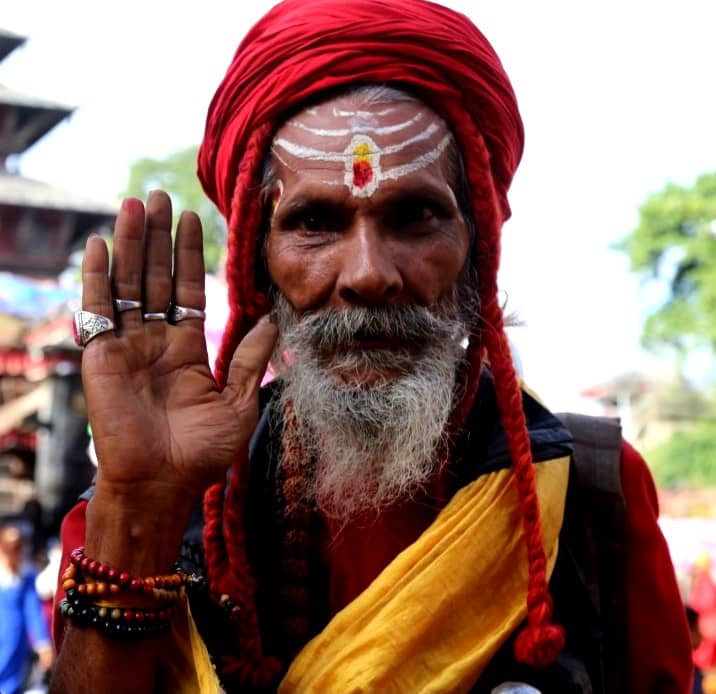
All Hindu rites and pudjas begin with the application of Tilak, a ritual mark applied between the two eyes, as a sign of blessing, of wish, of good auspices. For religious practice, applying Tilak to this place is very important, considering that it is the point where the spiritual eye opens (the third eye), the seat of mental focus and wisdom, also assuming that all our thoughts and actions are directed here.
Composition of Tilak for Indians
- Red vermilion paste (Kumbum or Kungan) which is a mixture of saffron, iodine, camphor
- Can also be made from sandalwood (chandan).
Tilak is applied with the index or ring finger using grains of rice.
Bindi for Indian women
The term Bindi comes from Bindu, Sanskrit word, meaning a point.
Bindi (symbol of the goddess Parvati) is a red dot that is put today by unmarried women and girls on the forehead between the two eyes. Previously it was the symbol of marriage but to this day it has become a decorative element of makeup.
Meaning: Female energy
It is believed to be used to protect women and their husbands.
For religious ceremonies, Bindis are made from vermilion powder. When used as decorative elements, they are made of small mirrors, glitters or felt. They exist in various colors of bindi, vivid as well as various designs. Today Indian women change their bindi according to their outfits and color.
Indian stoles and scarves
The stole is part of the dress code for Indian women, whether married or single, matching it to their clothes. It is worn in various ways depending on the region. In India, it is mainly used to cover oneself and especially to cover the head, as a sign of respect towards the elders. Indian women wear very colorful stoles or scarves, certain colors of which represent the energy of the goddess. It is also for the respect for the family, example of a widowed woman who will wear a white stole, considered as the color of mourning in India.
In the 18th th century, fabrics from India became the main commodity transported between Asia and Europe. They had a real passion for these colorful fabrics, their impeccable qualities (silk, wool, linen, hemp ...) and their traditional techniques.
Indian stoles and scarves by Art Monie India
Art Monie India, online shop artisanal Indian products, presents a series of colorful Indian stoles.
Being in France, with our stoles you can bring a touch of Indian color to your clothes.
Here you will find stoles and scarves from the handcrafted world of India, made in the traditional style. Various colors and qualities are presented to you, stoles and scarves for men and women.
If you have any questions about India, please let us know, we will be happy to answer you.
If one day you are in this beautiful country and you want to know something specific there, you can reach us or send us a photo, so we will provide answers to your questions.
Enjoy your visit and have a good trip everyone!
